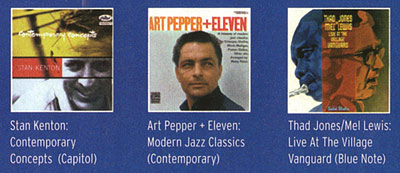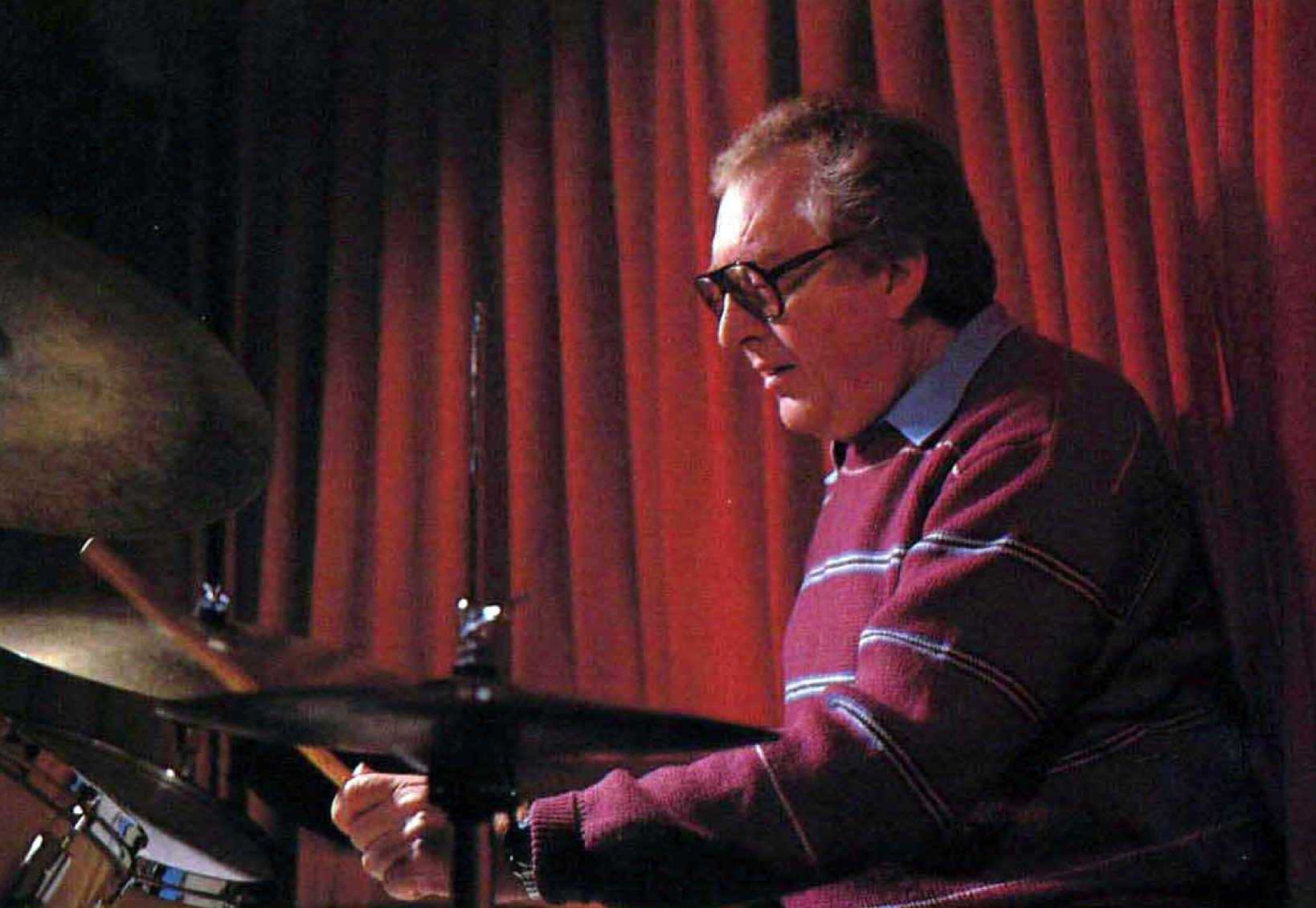 © Rick Mattingy
© Rick Mattingy 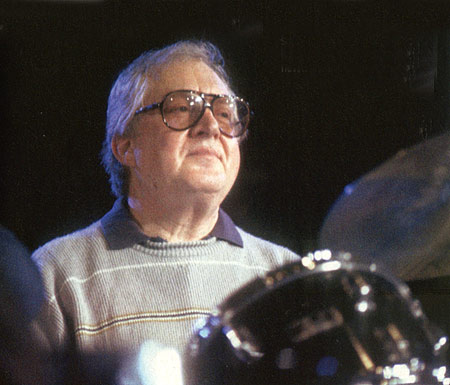
| Mel Lewis |
|
Although he was generally reluctant to solo, Mel Lewis was considered one of the definitive big band drummers, a musician who was best at driving an orchestra, but could also play quite well with smaller units. He started playing professionally when he was 15 and worked with the big bands of Boyd Raeburn (1948), Alvino Rey, Ray Anthony, and Tex Beneke. Mel Lewis gained a great deal of recognition in the jazz world for his work with Stan Kenton (1954-1957), making the large ensemble swing hard. In 1957, he settled in Los Angeles, became a studio drummer, and worked with the big bands of Terry Gibbs and Gerald Wilson. Lewis went to New York to play with Gerry Mulligan's Concert Jazz Band in 1960, and he toured Europe with Dizzy Gillespie (1961) and the Soviet Union with Benny Goodman (1962). In 1965, Mel Lewis formed an orchestra in New York with Thad Jones which grew to be one of the top big bands in jazz. When Jones surprised everyone by suddenly fleeing to Europe in 1979, Lewis became the orchestra's sole leader, playing regularly each Monday night at the Village Vanguard until his death. Lewis recorded as a leader in the 1950s for San Francisco Jazz Records, Mode (reissued on V.S.O.P.), and Andex and, after Thad Jones left their orchestra, Lewis recorded with his big band for Atlantic, Telarc, and Music Masters. Mel Lewis's cymbal work was unique and added qualities to his groups that are hard to describe, but that are recognized immediately and virtually impossible to emulate (Buddy Rich once said that "Mel Lewis doesn't sound like anybody except himself"). He insisted on playing genuine Turkish-made cymbals, switching from the Zildjian brand later in his career to the Istanbul brand. His setup included a 21-inch ride on his right, an 19-inch crash-ride on his left, and his signature sound, a 22-inch swish "knocker" with rivets on his far right. The dark, overtone-rich sound of these rather lightweight cymbals, combined with the rich, warm sound of his wood-shell drums (he almost exclusively played Gretsch drums, although in later years was playing Slingerland drums) equipped with natural calfskin top heads (again, Lewis was a purist), using regular mylar heads on the bottom, exuded a veritable treasure trove of sound. Lewis once described his playing philosophy of not "pushing or pulling" but "supporting." "If you watch me, it doesn't look like I'm doing much," he said in an interview, describing his subtle but highly musical style. He could play at a break-neck tempo for lengthy periods and hardly break a sweat. He wasn't flashy or loud—just tasteful, and highly musical. In the late 1980s, Lewis was diagnosed with melanoma. He died on February 2, 1990, just days before his band was to celebrate its 24th anniversary at the Village Vanguard. |
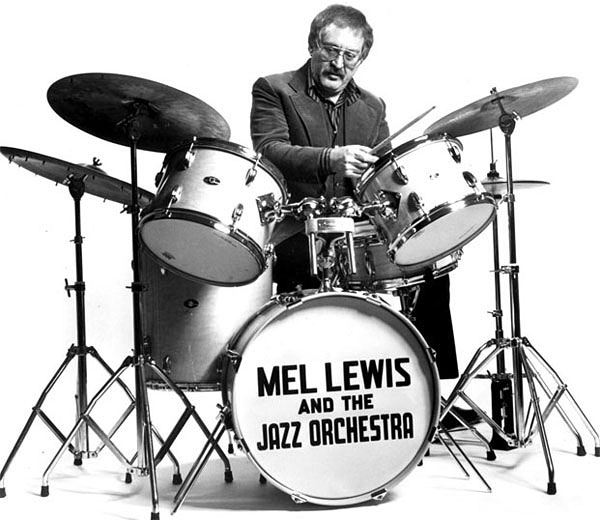
|

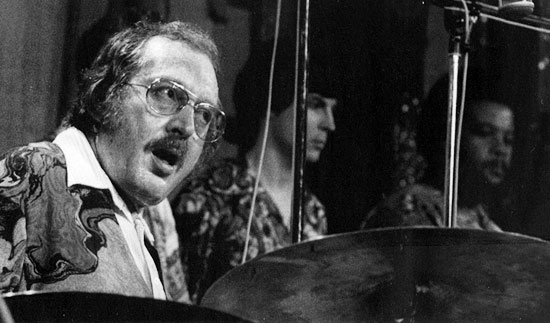

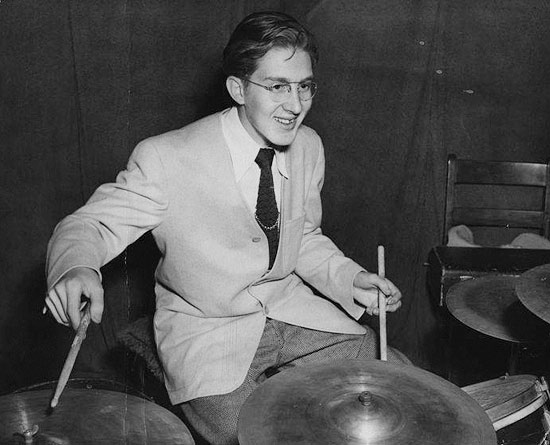
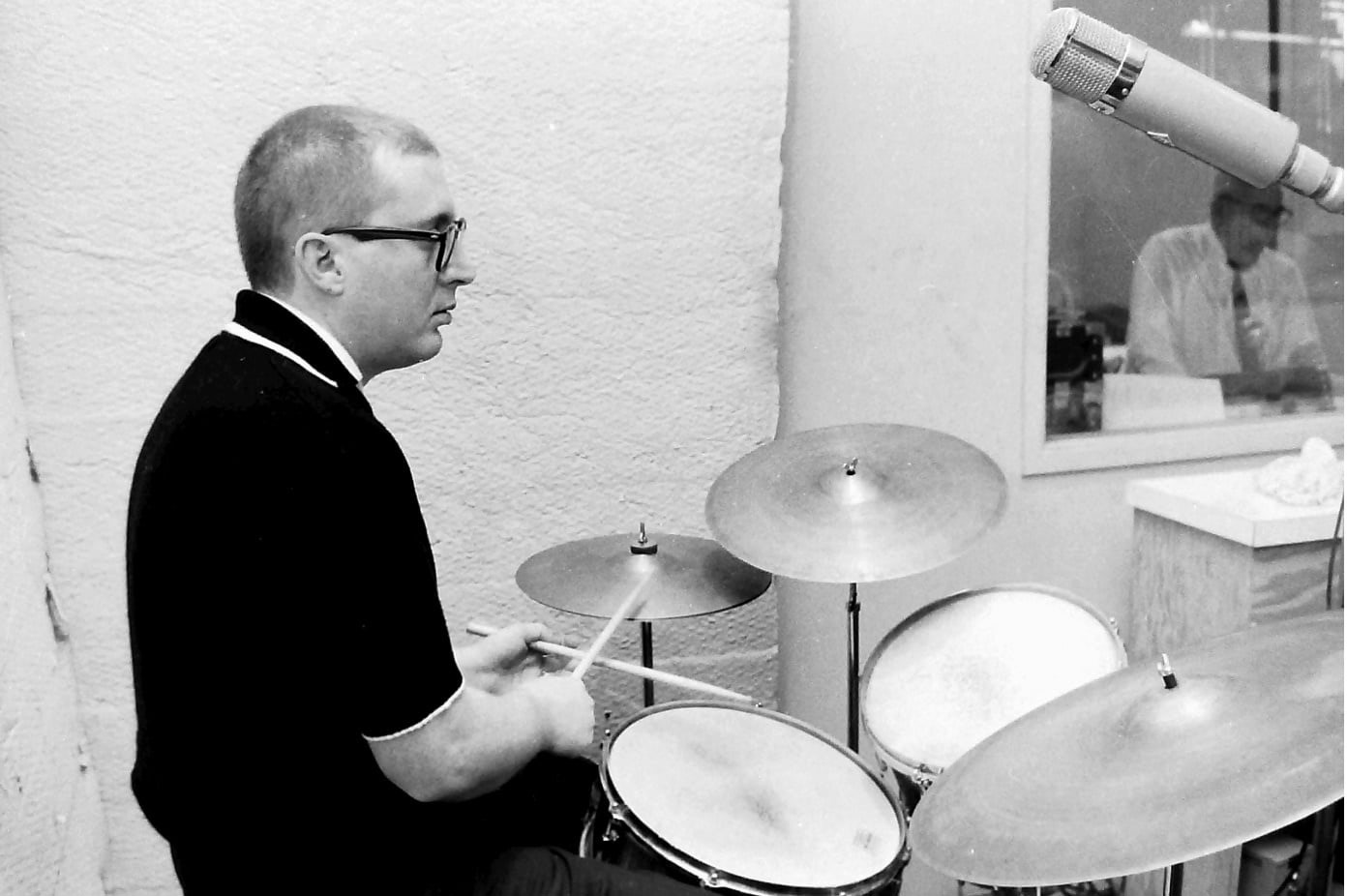 © Peter Erskine
© Peter Erskine
|
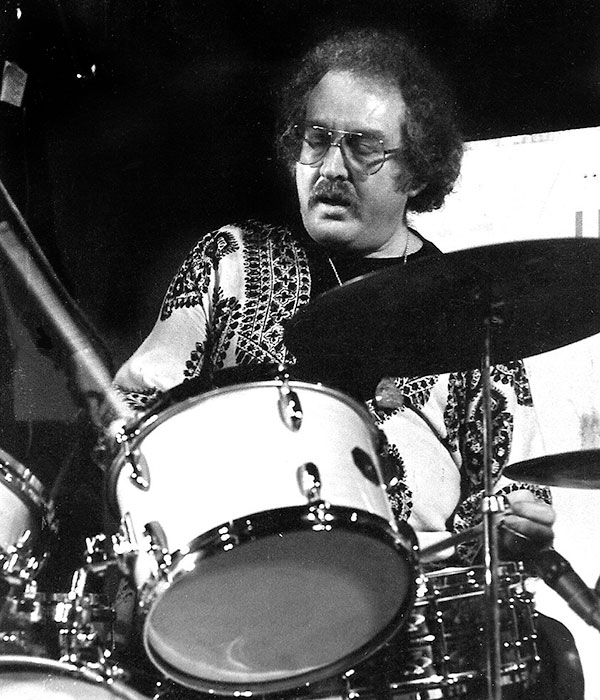
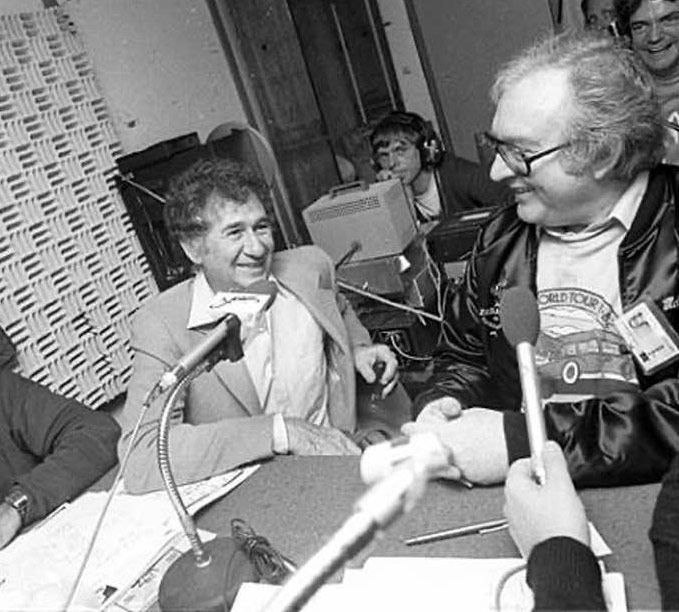 Shelly Manne - Mel Lewis
Shelly Manne - Mel Lewis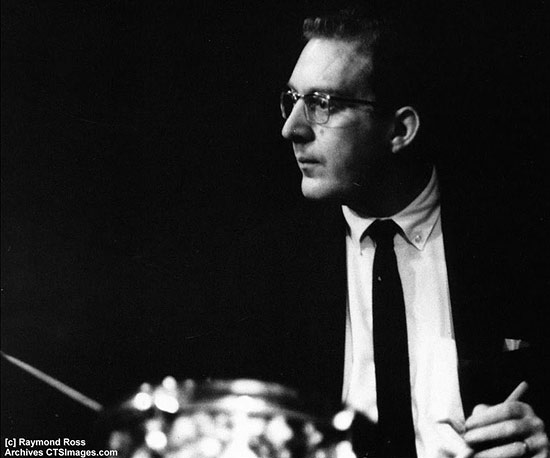
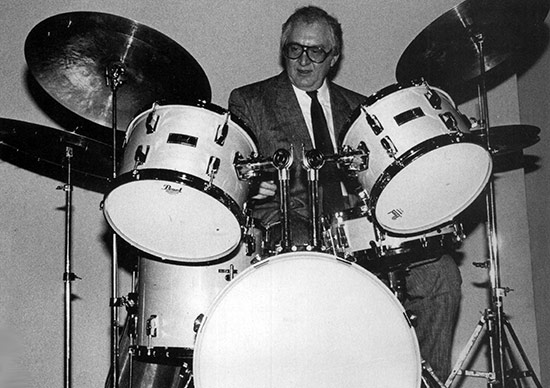 © Rick Mattingly
© Rick Mattingly

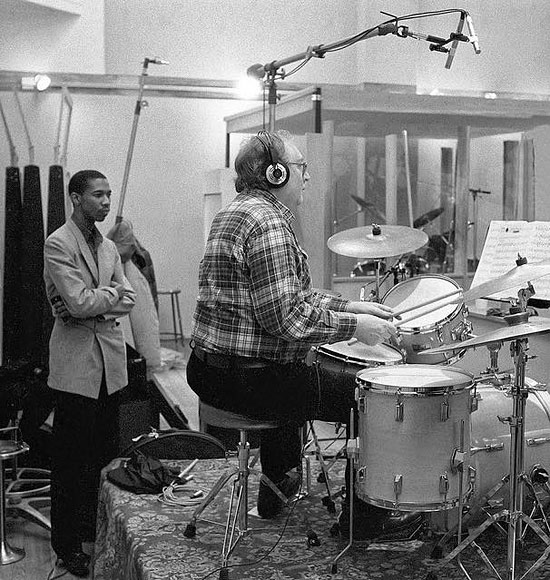
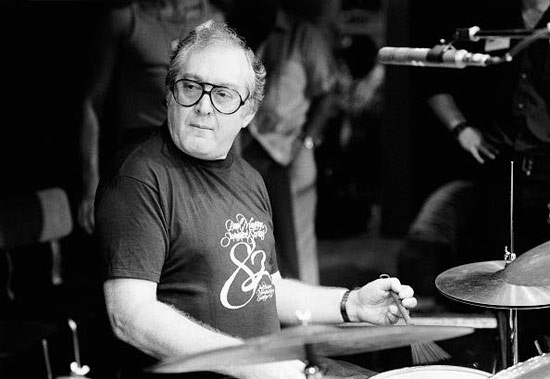
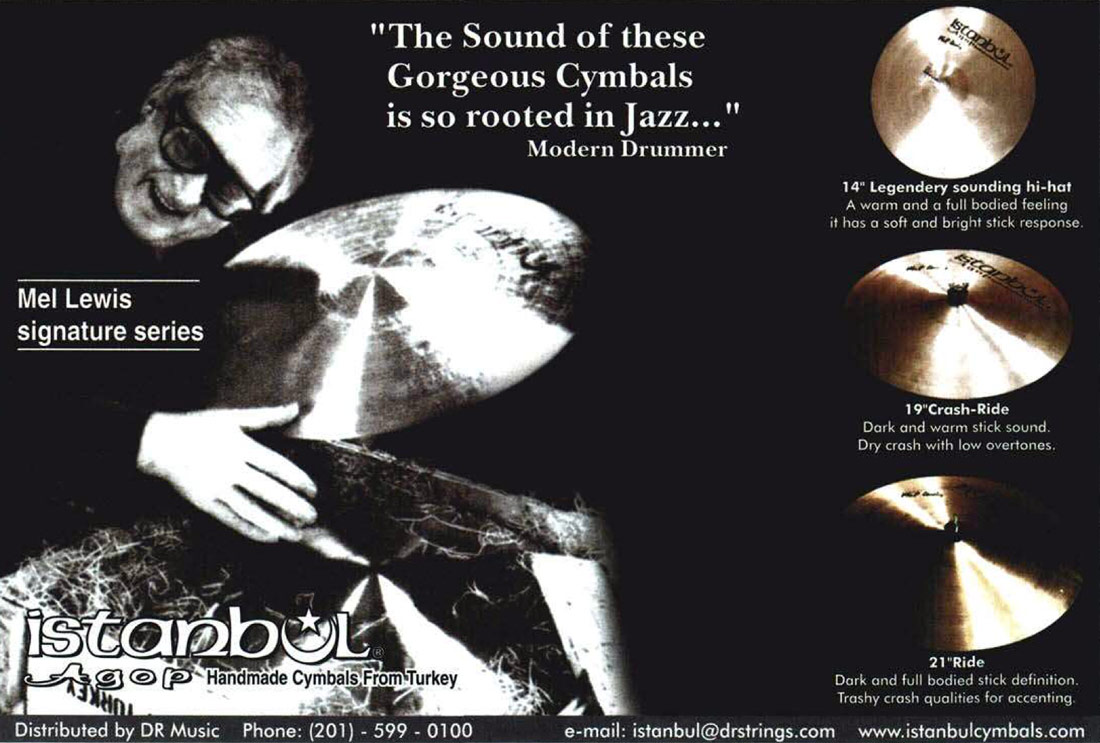
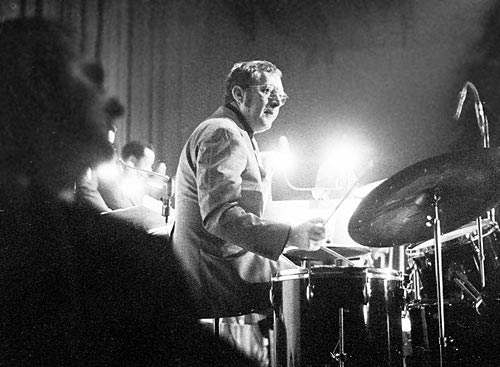 © Karlheinz Klüter
© Karlheinz Klüter 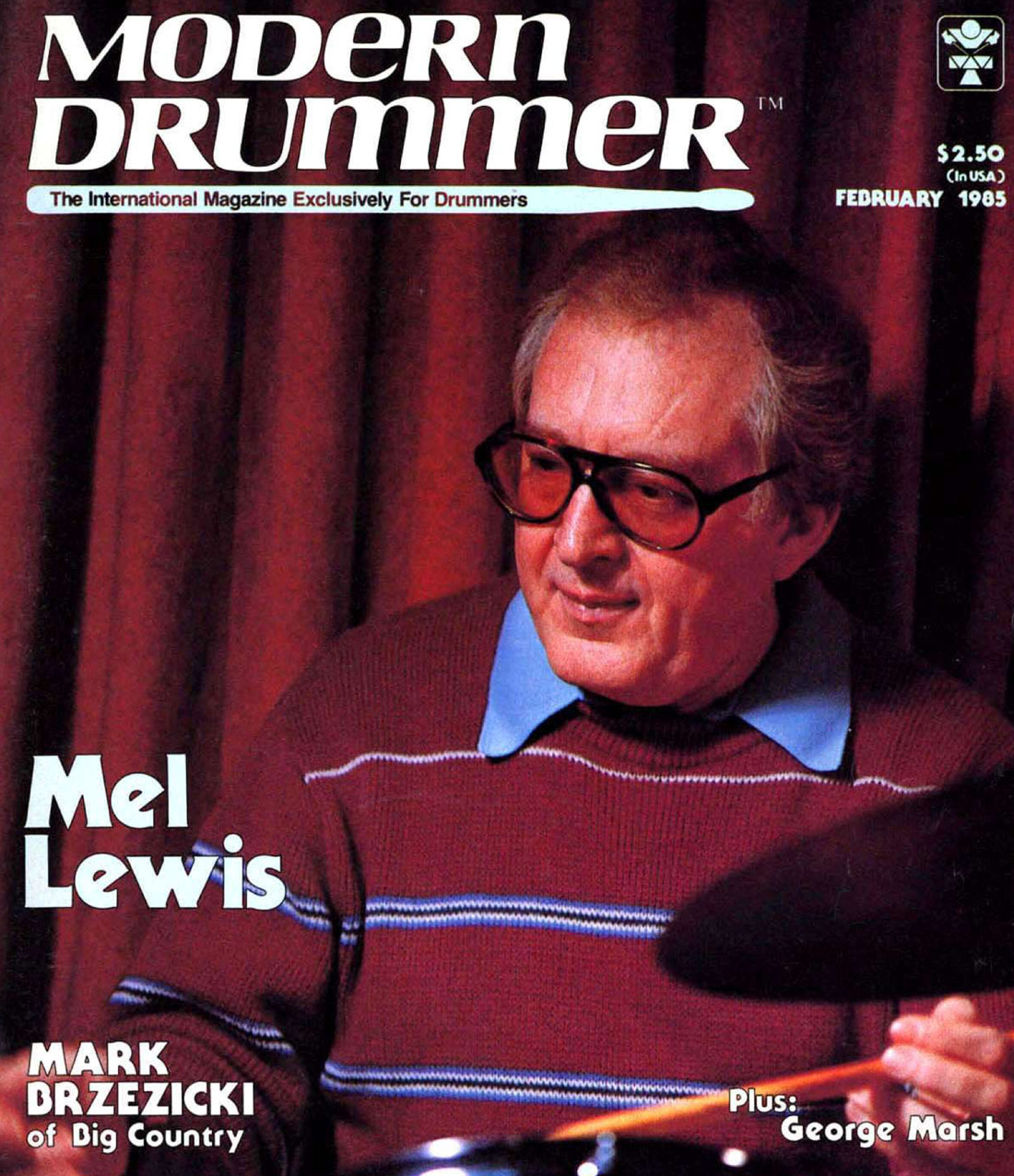
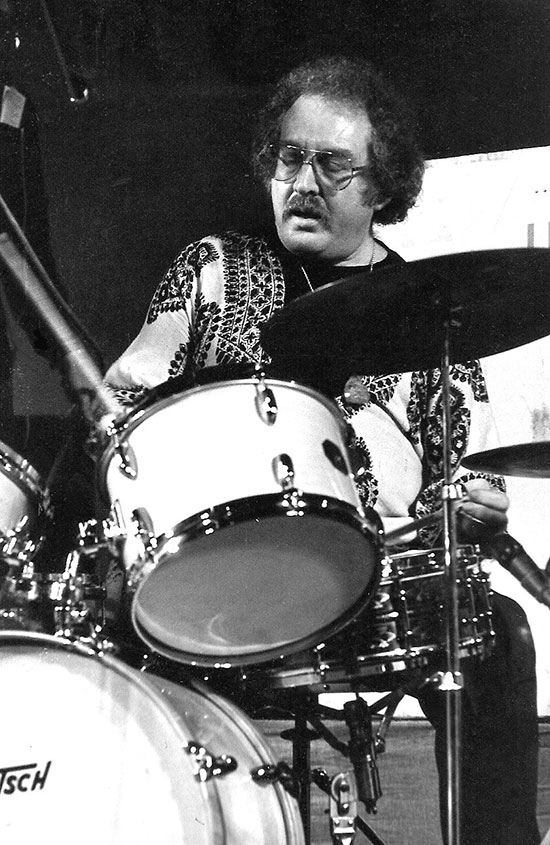
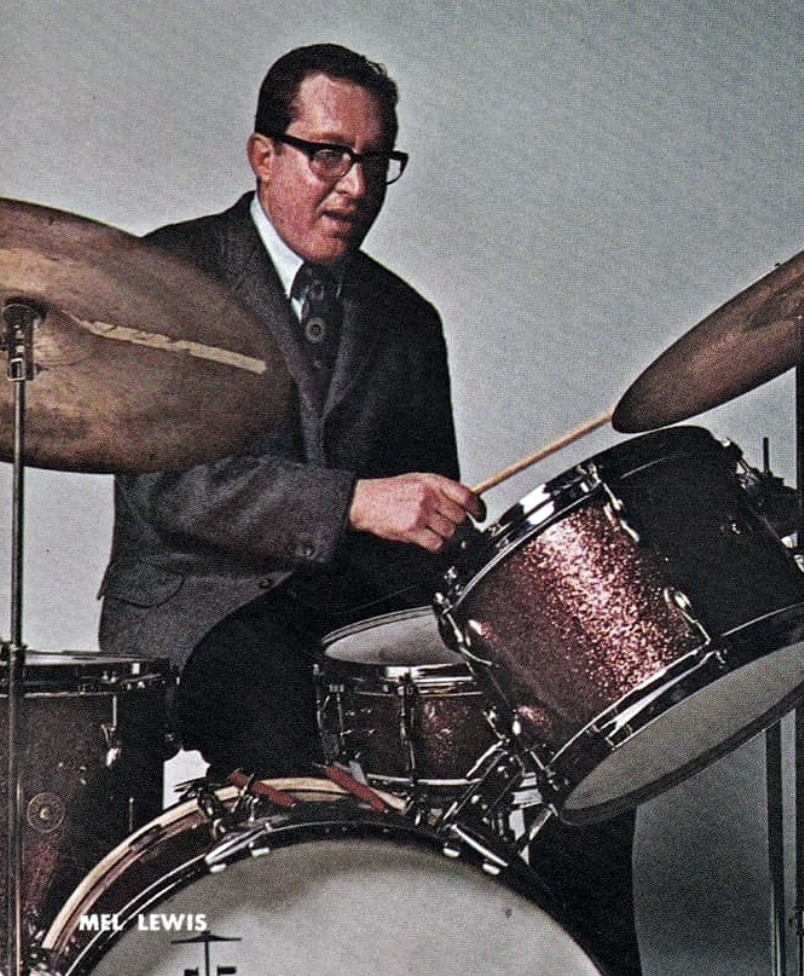

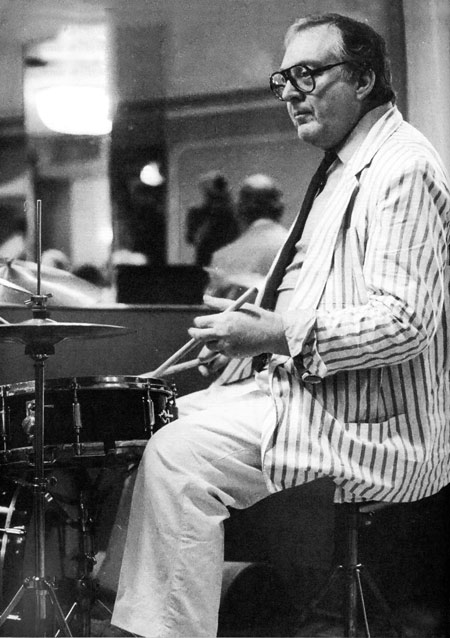
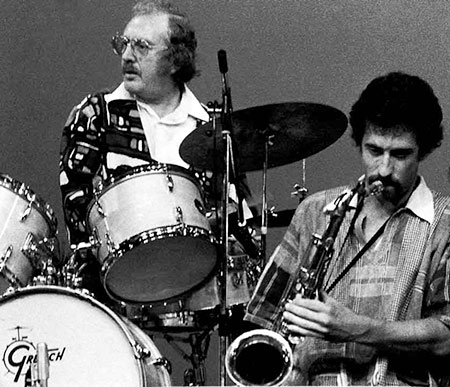 © Gerd Jordan
© Gerd Jordan
© Rick Mattingy
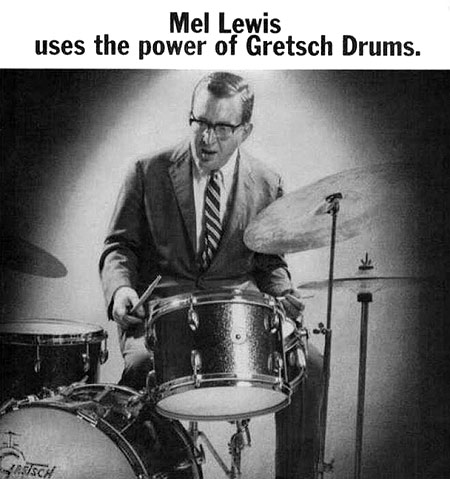

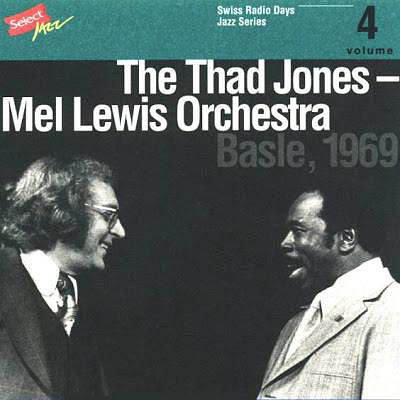

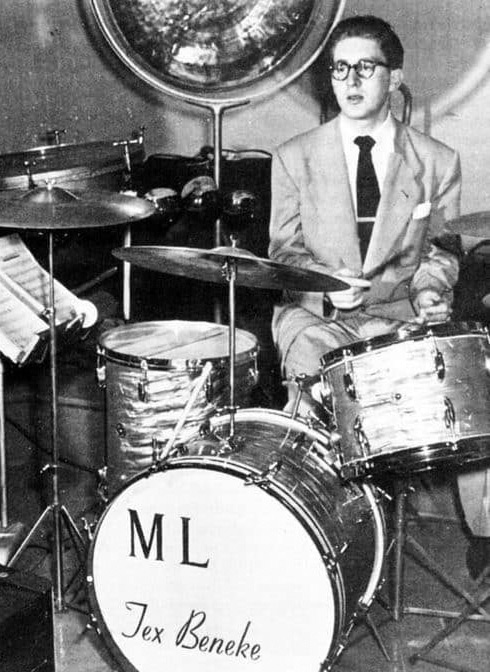
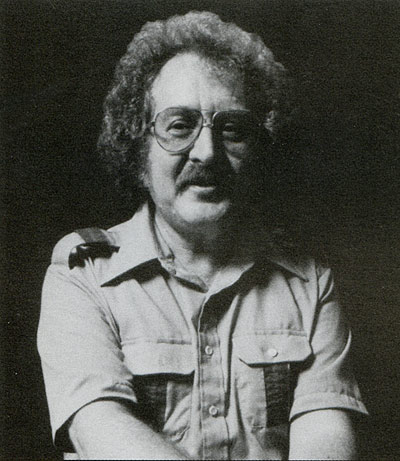
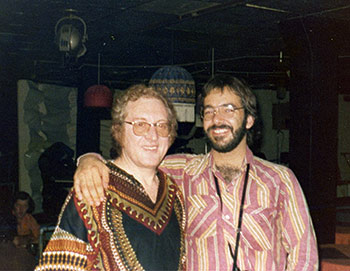 Mel Lewis - Peter Erskine
Mel Lewis - Peter Erskine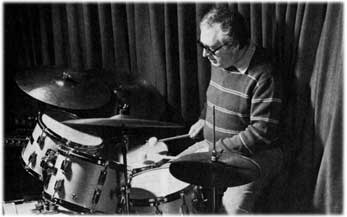
© Rick Mattingly
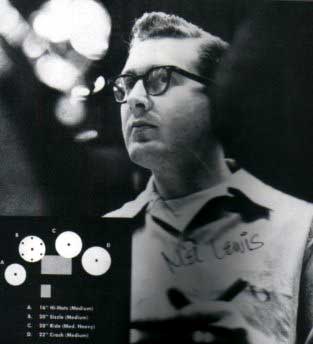
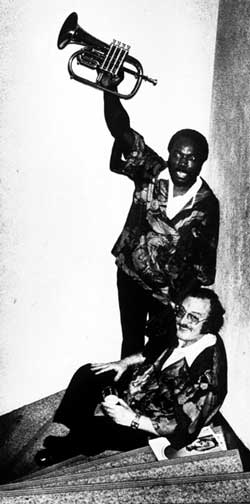 Mel Lewis and Thad Jones
Mel Lewis and Thad Jones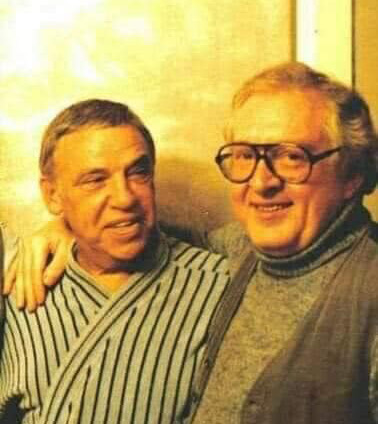 Buddy Rich - Mel Lewis
Buddy Rich - Mel Lewis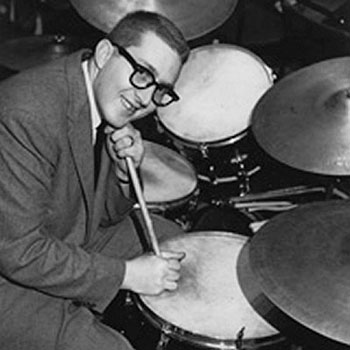 thanks for your visit!
thanks for your visit!
CLICK:
the 500 Top Drummers:
the 500 Top Drummers:








